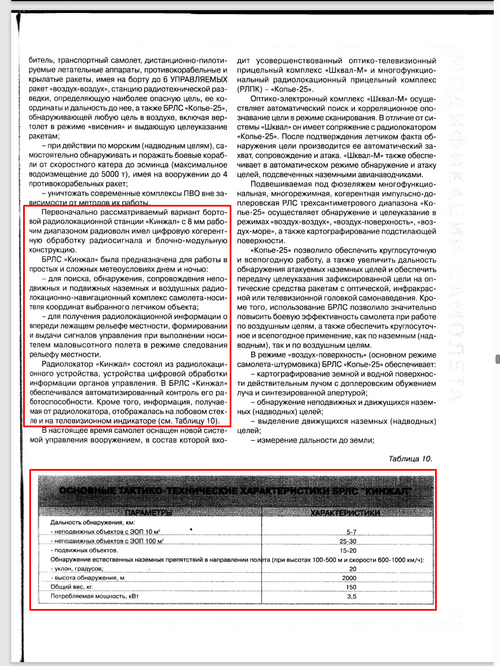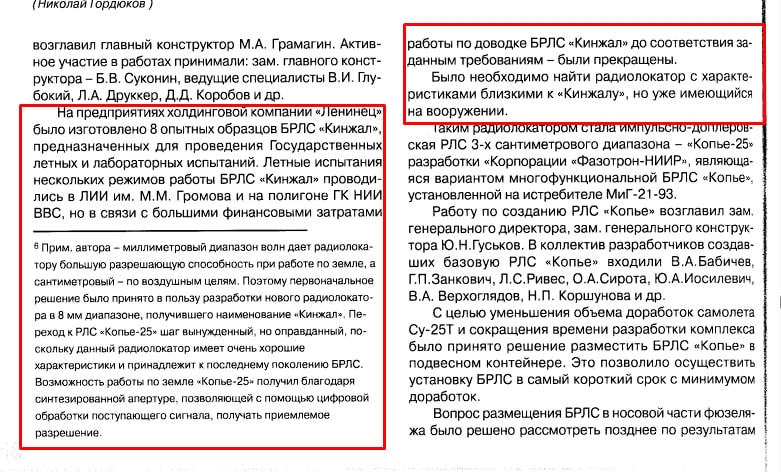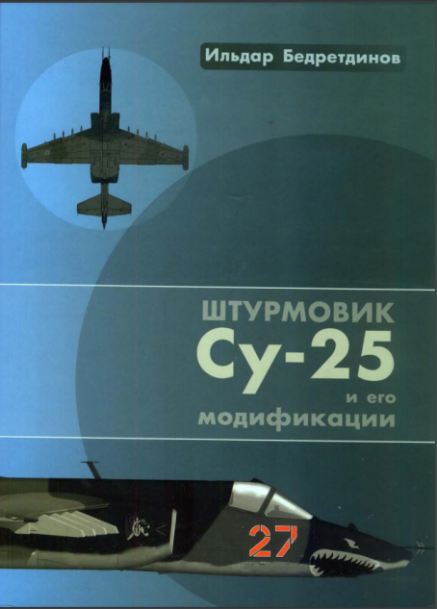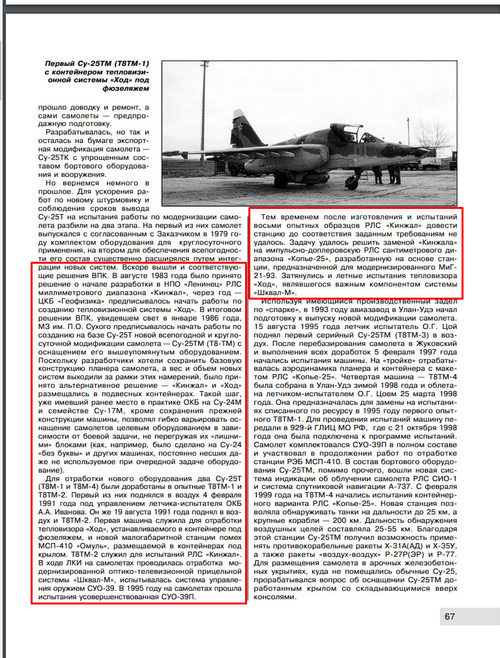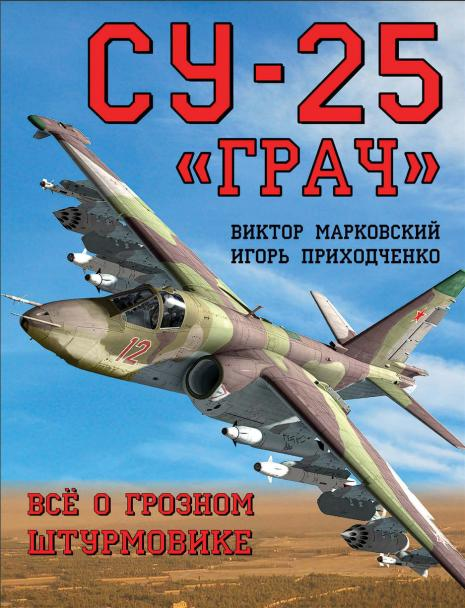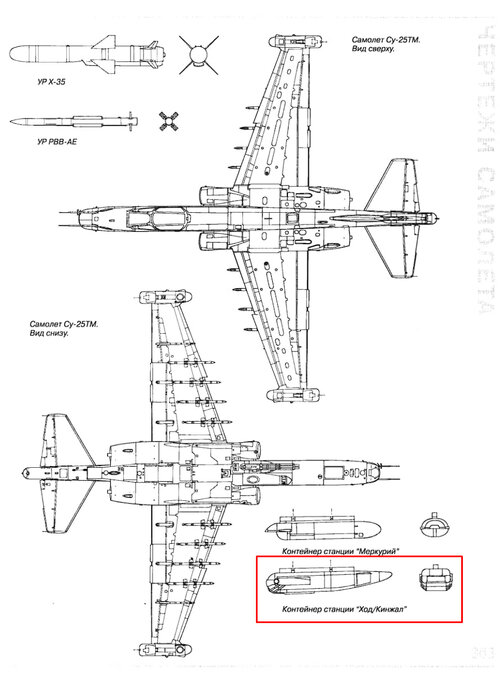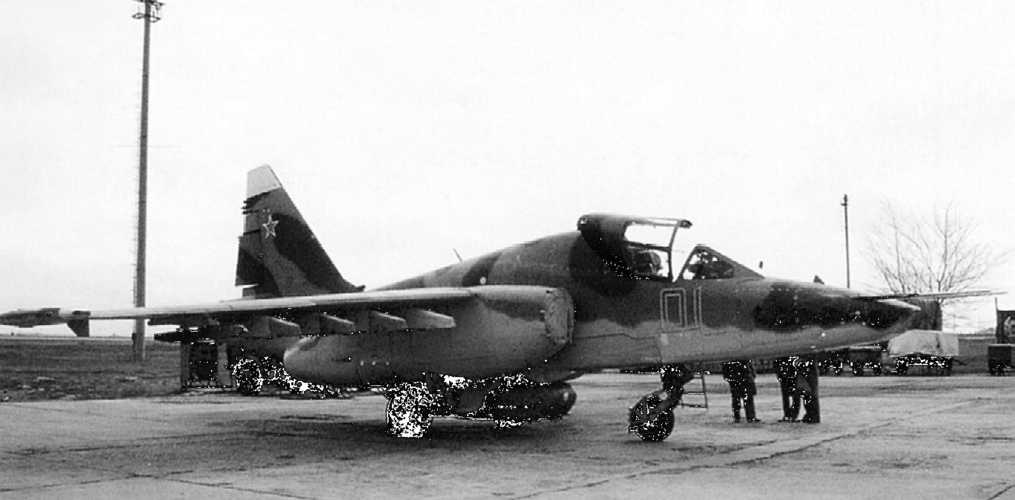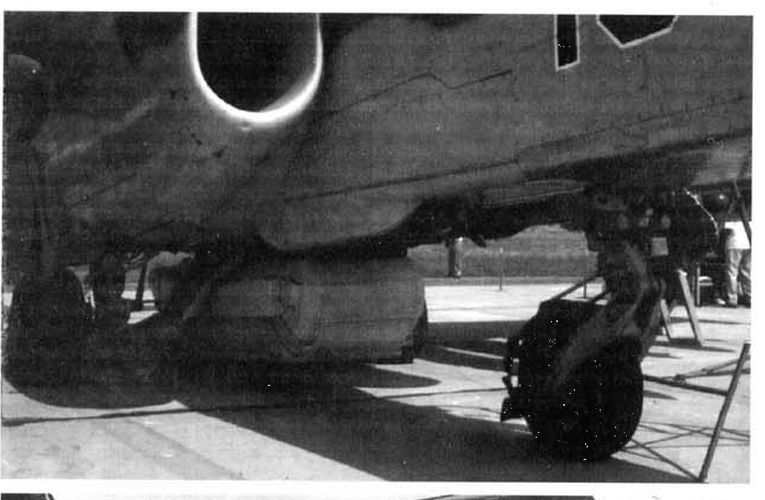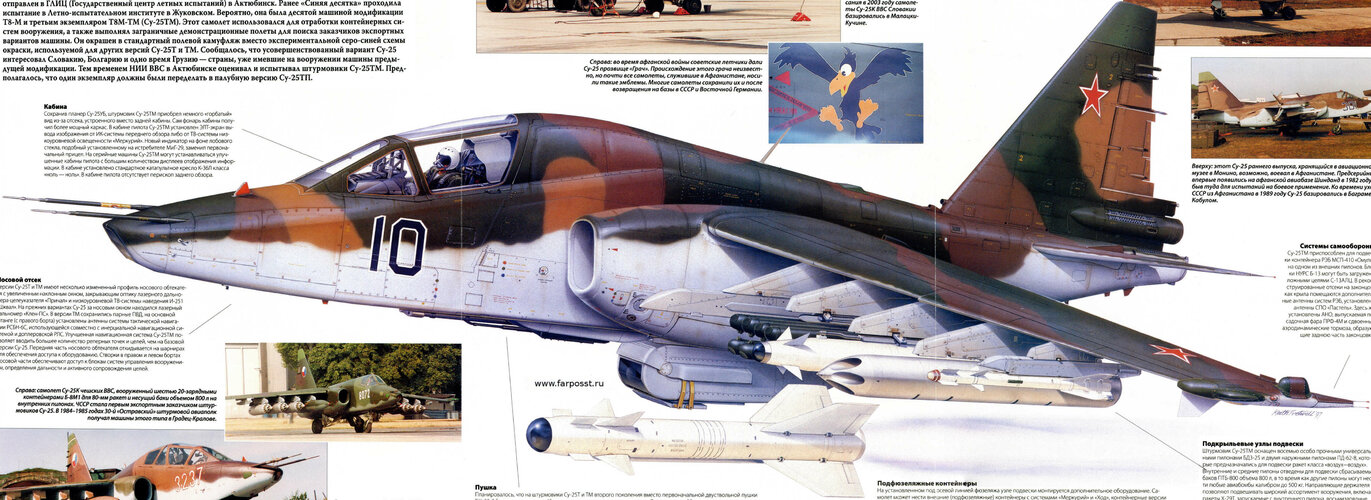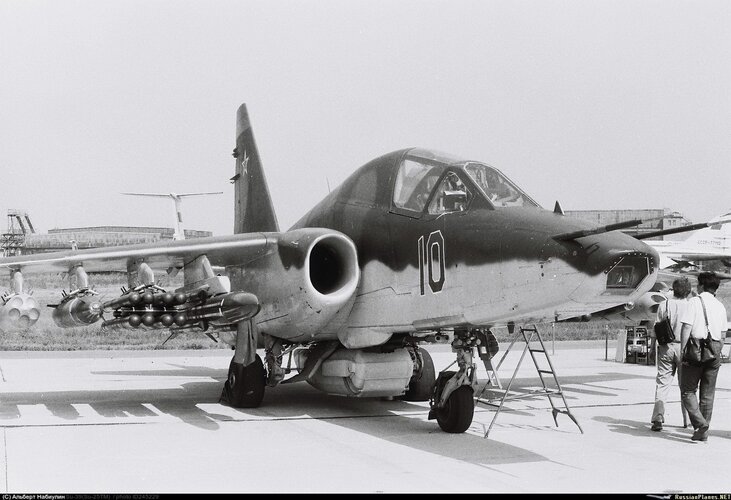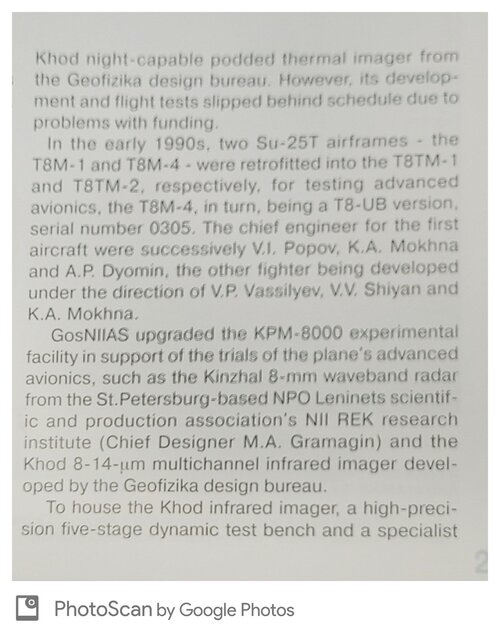You are using an out of date browser. It may not display this or other websites correctly.
You should upgrade or use an alternative browser.
You should upgrade or use an alternative browser.
Kinzhal radar and Khod FLIR on Sukhoi Su-25TM
- Thread starter qwerty123
- Start date
- Joined
- 27 December 2005
- Messages
- 17,767
- Reaction score
- 26,578
If this is related to flight sims (e.g. https://community.gaijin.net/issues/p/warthunder/i/XNxk2KgdXSv2) you should understand neither of these devices ever made it to production, or even correctly working prototype hardware, so any specs you can find are very speculative. From my ancient page on Russian Avionics, this summary is probably based on the Bedretdinov Su-25 book.
Khinzhal
OKB: Leninetz
Khinzhal-S millimeter-wave (8mm) imaging radar intended for use on the Su-25TM in an external pod. Range 5-7 km (fixed target, 10 sq m RCS) 25-30km (fixed target, 100 sq m RCS) 15-20km (moving target). Weight 150kg, power consumption 3.5kW.
Khinzhal-V version for helicopter mounting, suggested for Ka-50 and Mi-28.
Leninetz experienced enormous problems with radar development of the Khinzhal, which have not been solved to date. Currently thought to be abandoned.
Khod
OKB: Geofizika
Imaging infrared (FLIR) pod for SU-25TM, operating in 8-14 micron band. Sukhoi tested it on the T-8TM1 prototype from 1991, and cancelled it in late 1994, reportedly unhappy with both range and stabilisation.
I find no evidence supporting that Khod and Khinzal were mounted together in a single pod as supposed in the post on gajin.net. In fact, Khod was tested on T8M1 and Khinzal on T8M2 which would hard to imagine if they were in a single pod.
8 prototypes of the Khinzal radar were produced but the radar never met requirements.
Khinzhal
OKB: Leninetz
Khinzhal-S millimeter-wave (8mm) imaging radar intended for use on the Su-25TM in an external pod. Range 5-7 km (fixed target, 10 sq m RCS) 25-30km (fixed target, 100 sq m RCS) 15-20km (moving target). Weight 150kg, power consumption 3.5kW.
Khinzhal-V version for helicopter mounting, suggested for Ka-50 and Mi-28.
Leninetz experienced enormous problems with radar development of the Khinzhal, which have not been solved to date. Currently thought to be abandoned.
Khod
OKB: Geofizika
Imaging infrared (FLIR) pod for SU-25TM, operating in 8-14 micron band. Sukhoi tested it on the T-8TM1 prototype from 1991, and cancelled it in late 1994, reportedly unhappy with both range and stabilisation.
I find no evidence supporting that Khod and Khinzal were mounted together in a single pod as supposed in the post on gajin.net. In fact, Khod was tested on T8M1 and Khinzal on T8M2 which would hard to imagine if they were in a single pod.
8 prototypes of the Khinzal radar were produced but the radar never met requirements.
Last edited:
Hi Overscan, thanks for the reply.If this is related to flight sims (e.g. https://community.gaijin.net/issues/p/warthunder/i/XNxk2KgdXSv2) you should understand neither of these devices ever made it to production, or even correctly working prototype hardware, so any specs you can find are very speculative. From my ancient page on Russian Avionics, this summary is probably based on the Bedretdinov Su-25 book.
Khinzhal
OKB: Leninetz
Khinzhal-S millimeter-wave (8mm) imaging radar intended for use on the Su-25TM in an external pod. Range 5-7 km (fixed target, 10 sq m RCS) 25-30km (fixed target, 100 sq m RCS) 15-20km (moving target). Weight 150kg, power consumption 3.5kW.
Khinzhal-V version for helicopter mounting, suggested for Ka-50 and Mi-28.
Leninetz experienced enormous problems with radar development of the Khinzhal, which have not been solved to date. Currently thought to be abandoned.
Khod
OKB: Geofizika
Imaging infrared (FLIR) pod for SU-25TM, operating in 8-14 micron band. Sukhoi tested it on the T-8TM1 prototype from 1991, and cancelled it in late 1994, reportedly unhappy with both range and stabilisation.
I find no evidence supporting that Khod and Khinzal were mounted together in a single pod as supposed in the post on gajin.net. In fact, Khod was tested on T8M1 and Khinzal on T8M2 which would hard to imagine if they were in a single pod.
8 prototypes of the Khinzal radar were produced but the radar never met requirements.
Yes, both systems have not been completed, that's true, but there has been some flight testing. I read Bedretdinov too, but I find many drawings where Khod and Kinzhal are drawn in the same Khod/Kinzhal type horse container.
For example as screenshot.
It's a shame that there is very little information left on these systems.
Attachments
- Joined
- 27 December 2005
- Messages
- 17,767
- Reaction score
- 26,578
Su-25 Grach - Markovsky & Prikhodchenko (Eksmo 2016)The Su-25T was divided into two stages for testing work on the modernization of the aircraft. On the first of these aircraft produced with agreement with the customer in 1979 for round-the-clock applications, on the second to ensure the goodness of its composition is essential expanding by integrating new systems. Soon came out and the corresponding other Solutions In August 1983, it was accepted Decision on the start of development at NPO "Leninets" RLS millimeter range "Kinzhal", in a year CA "Geofizika" instructed to start work on Creation of the thermal imaging system "Khod". In summary The decisions of the HPC, which came into existence in January 1986, im. P.O. Sukhoi order to start work on creation on the basis of the Su-25T of a new all-weather and round-the-clock modification of the aircraft Su-25 equipping it with the aforementioned equipment.
Because the developers wanted to keep the base the design of the airframe of the aircraft, and the weight and volume of the new system went beyond these intentions, an alternative decision was made "Khinzal" and "Khod" dispersed in hanging containers. Such a step, already had an earlier site in practice OKA on SU-24M and the S-17M family, in addition to maintaining the same design of the machine, allows you to flexibly vary the equipment of the aircraft with the target equipment depending on the combat mission, without overloading them with "extra" blocks (like , for example, it was made on the Su-24
"without a letter" and other machines, constantly outside even not usable in the case of an ordinary equipment task).
To test the new equipment, two Su-25T (Т8ТМ-1 and Т8ТТ-4) were developed into experimental Т8M-1 and T-8M2. The first of them came up in the air on February 4 1991 under the control of test pilot OKK A.A. Ivanova. On August 19, 1991, T8M-2 was in the air. The first machine served for testing
thermal imager "Khod", installed in the container below the fuselage, and a new small-scale jamming station MSP-410 "Omul", placed in the container under wing. Т8ТМ-2 served for testing the Kinzhal radar.
In the course of the flight on the aircraft, the modernization of the upgraded optics was carried out revision sighting system "Shkval-M", testing the weapon control system SUO-39. In 1995, the aircraft flew tests of improvement SUO-39P.
Last edited:
Yes, of course, I've read that book too.Su-25 Grach - Markovsky & Prikhodchenko (Eksmo 2016)
Just the schematics + some sources make it sound like it was eventually planned to be done in one pod.
I too have a hard time saying how you can fit two systems in one, but I don't understand it that well.
In any case, I'm interested in more detailed specifications (at least planned) of the thermal imager and radar.
Yes, they did not satisfy the customer and the work was not completed, but there was some kind of matrix installed in the thermal imager, it is interesting to know what kind, what was the field of view.
Similarly for the radar.
Strange that there are no sources about it. The US is much better at documenting their development and testing.
- Joined
- 11 February 2010
- Messages
- 1,651
- Reaction score
- 2,716
Those can still be classified, or just havent seen the light of day yet. More detailed information often "locked" in obscure Russian documents or maybe Forums.
Reminds me that Back in the day Information on original "Soyuz-Sintez" Radar technology demonstrator was almost nonexistent. But then it popped out in Chinese language forum including images like in 2020's.
Reminds me that Back in the day Information on original "Soyuz-Sintez" Radar technology demonstrator was almost nonexistent. But then it popped out in Chinese language forum including images like in 2020's.
That's what I'm trying to find out. All the Russian forums I've read (I speak fluent Russian, so I do it quickly and easily) didn't give detailed information.Those can still be classified, or just havent seen the light of day yet. More detailed information often "locked" in obscure Russian documents or maybe Forums.
Reminds me that Back in the day Information on original "Soyuz-Sintez" Radar technology demonstrator was almost nonexistent. But then it popped out in Chinese language forum including images like in 2020's.
I only read about the tests and the developer Khod FLIR. Even the 8-14 micron range of operation I learned from Overscan guide.
Similarly for Kinzhal radar. Only in Bedretdinov's book I saw information about target detection range but not about viewing angles etc.
Was hoping someone would know it here. Too bad, I had almost given up hope of finding out this information
- Joined
- 27 December 2005
- Messages
- 17,767
- Reaction score
- 26,578
Piotr Butowski LOTNICTWO WOJSKOWE ROSJI TOM III (1997)Since the aircraft is already very saturated with apparatus and there is no room inside the airframe for new systems, it received additional equipment in suspended pods. Back in 1992 containers with the Kinzhal-S radiolocation station operating in the 8 mm wave range (also used on Mi-28N and Ka-52 helicopters) and the new Khod thermal imaging station (instead of the Merkuriy station) were informed, which allows the aircraft to operate 24 hours a day. A variant with a Khod pod was shown in Zhukovsky in August 1992.
The Kinzhal-S radar for the Su-25T was prepared by the Leninetz design office in St. Petersburg. However, after the collapse of the USSR, this work stopped because the basic components for the radar were designed and built in Ukraine.
Last edited:
Overscan. I'm still researching the issue, could you please tell me where you found the information about Khod testing and the Sukhoi verdict? And also about the 8-14 micron band.If this is related to flight sims (e.g. https://community.gaijin.net/issues/p/warthunder/i/XNxk2KgdXSv2) you should understand neither of these devices ever made it to production, or even correctly working prototype hardware, so any specs you can find are very speculative. From my ancient page on Russian Avionics, this summary is probably based on the Bedretdinov Su-25 book.
Khinzhal
OKB: Leninetz
Khinzhal-S millimeter-wave (8mm) imaging radar intended for use on the Su-25TM in an external pod. Range 5-7 km (fixed target, 10 sq m RCS) 25-30km (fixed target, 100 sq m RCS) 15-20km (moving target). Weight 150kg, power consumption 3.5kW.
Khinzhal-V version for helicopter mounting, suggested for Ka-50 and Mi-28.
Leninetz experienced enormous problems with radar development of the Khinzhal, which have not been solved to date. Currently thought to be abandoned.
Khod
OKB: Geofizika
Imaging infrared (FLIR) pod for SU-25TM, operating in 8-14 micron band. Sukhoi tested it on the T-8TM1 prototype from 1991, and cancelled it in late 1994, reportedly unhappy with both range and stabilisation.
I find no evidence supporting that Khod and Khinzal were mounted together in a single pod as supposed in the post on gajin.net. In fact, Khod was tested on T8M1 and Khinzal on T8M2 which would hard to imagine if they were in a single pod.
8 prototypes of the Khinzal radar were produced but the radar never met requirements.
I don't even have that in my books
Thank you in advance
- Joined
- 27 December 2005
- Messages
- 17,767
- Reaction score
- 26,578
Source: Su-25 "Grach" - All about the formidable attack aircraft by Viktor Markovsky, Igor Prikhodchenko (Eksmo, 2016)In August 1983 it was adopted decision to begin development of radar at NPO Leninets millimeter range "Khinzal", a year later - Central Design Bureau "Geophysics" was ordered to begin work on creation of the "Khod" thermal imaging system.
In the final decision of the military industrial complex, which was published in January 1986, Sukhoi was ordered to begin work on creation on the basis of the Su-25T a new all-weather and round-the-clock daily modification of the aircraft - Su-25TM (T8-TM) by equipping it with the above-mentioned equipment.
Since the developers wanted to keep the basic aircraft airframe design, and the weight and volume of new systems went beyond these intentions, an alternative solution was adopted - “Kinzhal” and “Khod” placed in hanging containers. Such a step already occurred in the practice of the OKB on the Su-24M and the Su-17M family, in addition to maintaining the same design of the machine, made it possible to flexibly vary the equipping of aircraft with target equipment depending on the combat mission, without overloading them with “extra” units (as, for example, was done on the Su-24 “without a letter” and other machines that constantly carried equipment that was not even used for the next task).
To test new equipment, two Su-25T (T8M-1 and T8M-4) were modified into experimental T8TM-1 and T8TM-2. The first of them took off on February 4 1991 under the control of an OKB test pilot A.A. Ivanov. On August 19, 1991, he also lifted the T8TM-2 into the air. The first machine was used to test thermal imager "Khod", installed in a container under fuselage, and a new small-sized jamming station MSP-410 "Omul", placed in containers under wing T8TM-2 served to test the Kinzhal radar.
During the flight test, the modernized optical-television sighting system was tested on aircraft system "Shkval-M", the weapon control system SUO-39 was tested. In 1995, it was carried out on airplanes tests of the improved SUO-39P.
Meanwhile, after manufacturing and testing eight prototypes of the Kinzhal radar, it was not possible to bring the station to meet the specified requirements. The problem was solved by replacing the Kinzhal with the centimeter-range pulse-Doppler radar Spear-25, developed on the basis of a station intended for the modernized MiG-21-93. Flight tests of the Khod thermal imager, which was an important component of the "Shkval-M". system, also dragged on.
Using the existing production reserve for the “Spark”, in 1993 the aircraft plant in Ulan-Ude began preparations for the production of a new modification of the aircraft.
On August 15, 1995, test pilot O.G. Tsoi lifted the first production Su-25TM (T8TM-3) into the air. After the aircraft was relocated to Zhukovsky and all modifications were completed, testing of the vehicle began on February 5, 1997. On the Troika, the aerodynamics of the airframe and container with a mock-up of the Spear-25 radar were worked out. The fourth vehicle, T8TM-4, was assembled in Ulan-Ude in the winter of 1998 and flown by test pilot O.G. Tsoi on March 25, 1998. It was intended to replace the first experimental T8TM-1, which was decommissioned in 1995, during testing. For testing, the vehicle was transferred to the 929th GLITs of the RF Ministry of Defense, where from October 21, 1998 year was connected to the testing program.
The aircraft was equipped with SUO-39P in full force and participated in the continuation of development work of the electronic warfare station MSP-410. The on-board equipment of the Su-25TM, among other things, included a new system for indicating the radiation of the aircraft, the SIO-1 radar and the A-737 satellite navigation system.
Since February 1999, container tests began on T8TM-4 a new version of the Kopye-25 radar. The new station made it possible to detect tanks at a range of up to 25 km, and large ships - 200 km. The detection range of air targets was 25-55 km. Thanks to this station, the Su-25TM was able to use Kh-31A(AD) and Kh-35U anti-ship missiles, as well as air-to-air missiles R-27R(ER) and R-77.
To accommodate the aircraft in arched reinforced concrete shelters, where conventional Su-25s could not fit, the issue of equipping the Su-25TM with a modified wing with upward folding consoles was considered.
The collapse of the USSR, the reduction of Russian defense spending and the virtual cessation of re-equipping the Air Force with new equipment against the backdrop of the liquidation of fighter-bomber aircraft and the complete decommissioning of attack aircraft such as the MiG-27 and Su-17 brought to the fore the tasks of modernizing the aircraft already in service.
Under these conditions, since the Su-25 became the most important strike aircraft of the Air Force, the most realistic direction was to carry out a deep modernization of the basic version of the attack aircraft. There was a need to significantly expand the functions of the Su-25, turning a fairly simple attack aircraft into a multi-purpose aviation strike complex capable of performing tasks as an attack, and the rejected fighter-bomber aviation.

The first Su-25TM (T8TM-1) with a container for the "Khod" thermal imaging system under the fuselage
Posted in more detail, with picture.
Last edited:
- Joined
- 27 December 2005
- Messages
- 17,767
- Reaction score
- 26,578
The 8-14 micron detail is from Page 259 of Ildar Bedretdinov's English Language The Attack Aircraft Su-25 and its derivatives (second edition, revised and emended) . This seems to be entirely missing from the second edition Russian version, which I also have.
On page 262 "after the Khinzal and Khod were rejected in 1994, the Su-25TM mounted a mockup of the Kopye-25 radar"
On page 262 "after the Khinzal and Khod were rejected in 1994, the Su-25TM mounted a mockup of the Kopye-25 radar"
Last edited:
- Joined
- 27 December 2005
- Messages
- 17,767
- Reaction score
- 26,578
- Joined
- 27 December 2005
- Messages
- 17,767
- Reaction score
- 26,578
- Joined
- 27 December 2005
- Messages
- 17,767
- Reaction score
- 26,578
Attachments
Interesting, I didn't know that Bedretdinov produced the book in English (I speak Russian and read the original book, it didn't have this information). Do you happen to have a pdf of the English version? I would read it.The 8-14 micron detail is from Page 259 of Ildar Bedretdinov's English Language The Attack Aircraft Su-25 and its derivatives (second edition, revised and emended) .
Quite interesting that there is a photo and 3 containers (besides Khod and Kopye). There is some debate as to which container is Mercury. The one in your photo or the third one, which is most often mentioned in books.The Monografie Lotnicze Su-25 book has this picture of Khod - which seems to be the same pod others have identified as Mercuriiy.
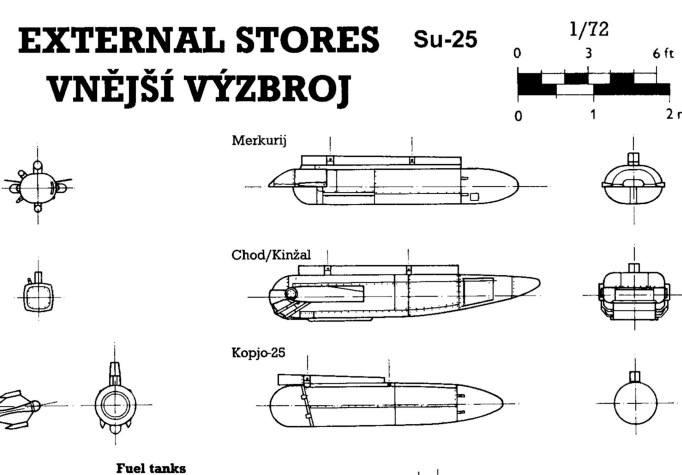
What source is that from? Looks like a Russian version of this source. Does it exist?
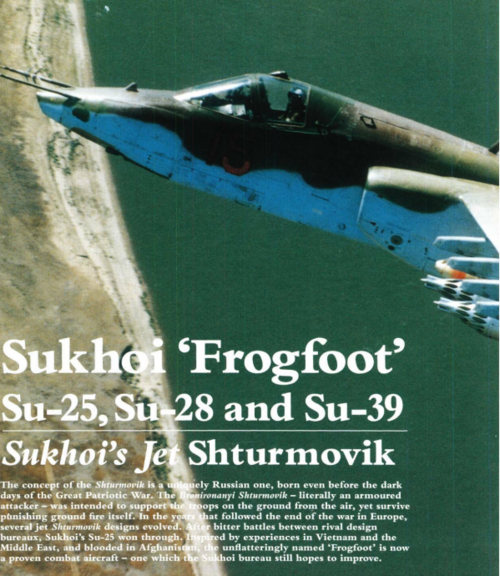
I didn't see this phrase in the sent fragments. It sounds as a direct proof that in what form the USSR made a thermal imager that worked, albeit poorly, but worked. This is quite important for me, because it means that Khod existed in the form of a prototype, not a mockupSukhoi tested it on the T-8TM1 prototype from 1991, and cancelled it in late 1994, reportedly unhappy with both range and stabilisation.
- Joined
- 27 December 2005
- Messages
- 17,767
- Reaction score
- 26,578
Interesting, I didn't know that Bedretdinov produced the book in English (I speak Russian and read the original book, it didn't have this information). Do you happen to have a pdf of the English version? I would read it.
Sadly no, I happened across a copy in a charity shop in about 2005 and paid like five pounds for it. Very lucky find. I have the Russian version but can't read it, but it seems broadly exactly the same and the page count is the same.
Quite interesting that there is a photo and 3 containers (besides Khod and Kopye). There is some debate as to which container is Mercury. The one in your photo or the third one, which is most often mentioned in books.
View attachment 714620
Not sure its easily resolvable, it wasn't labelled when displayed and I think journalists guessed either Khod or Mercuriiy which were both discussed.
What source is that from? Looks like a Russian version of this source. Does it exist?
View attachment 714621
Its the same artwork as in World Air Power Journal but was published in Russian in ировая авиация 104 (most of the artwork and many photos were supplied by Aerospace Publishing, publishers of WAPJ).
It definitely was a prototype. Not sure where that specific piece of information came from, however. Maybe here, or perhaps we're both quoting another source:I didn't see this phrase in the sent fragments. It sounds as a direct proof that in what form the USSR made a thermal imager that worked, albeit poorly, but worked. This is quite important for me, because it means that Khod existed in the form of a prototype, not a mockup
Osprey New Vanguard Su-25 by Alexander Mladenov, 2013The night-capable, all-weather and further upgraded Su-25T derivative,
designated the Su-25TM (design bureau designation T8TM), was conceived in
1986. This variant was to feature a sophisticated targeting suite, including the
pod-mounted Kinzhal millimetric radar and/or the Khod FLIR systems.
However, radar and FLIR trials in the early 1990s revealed that both the
systems had lower-than-expected performance and reliability.
Last edited:
Thank you Sir, you've been a great help. I was very keen on this issue because I wanted to know and document the properties of this Pod. Unlike Mercury and even Kinzal there is very little data on it.Sadly no, I happened across a copy in a charity shop in about 2005 and paid like five pounds for it. Very lucky find. I have the Russian version but can't read it, but it seems broadly exactly the same and the page count is the same.
Not sure its easily resolvable, it wasn't labelled when displayed and I think journalists guessed either Khod or Mercuriiy which were both discussed.
Its the same artwork as in World Air Power Journal but was published in Russian in ировая авиация 104 (most of the artwork and many photos were supplied by Aerospace Publishing, publishers of WAPJ).
It definitely was a prototype. Not sure where that specific piece of information came from, however. Maybe here, or perhaps we're both quoting another source:
Osprey New Vanguard Su-25 by Alexander Mladenov, 2013
I went to Patriot park where the su-25t is supposed to stand but that part of the park is closed for renovation, wrote to the Sukhoi okb museum but they refused to answer my questions (lol, they don't appreciate the history of their airplanes at all), wrote to the main russian air force museum and am waiting for a response.
In fact, I'm already desperate as I've tried all possible sources. Recently wrote to Bedretdinov's site, maybe they will answer me there.
- Joined
- 27 December 2005
- Messages
- 17,767
- Reaction score
- 26,578
I believe the Khod developer, Geofizika, went bankrupt in 1998, though the company seems to exist in some form possibly. Originally D.M. Khorol's TsKB-589.
Last edited:
Can you make a scan\photo of the page with information about the range of the thermal imager? I looked, there is definitely no page in the Russian version 259. I couldn't find the English version on the internetSadly no, I happened across a copy in a charity shop in about 2005 and paid like five pounds for it. Very lucky find. I have the Russian version but can't read it, but it seems broadly exactly the same and the page count is the same.
- Joined
- 27 December 2005
- Messages
- 17,767
- Reaction score
- 26,578
ty sir, russian version dont have itHere
Similar threads
-
-
-
Hughes TARAN 18 radar system
- Started by Privateer
- Replies: 5
-

